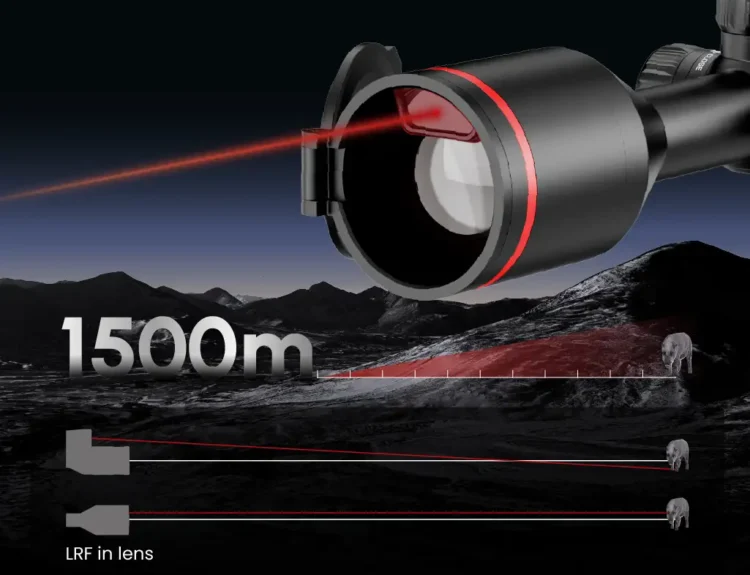Di era digital saat ini, sosial media telah menjadi salah satu alat utama untuk meningkatkan kehadiran bisnis di dunia maya. Berbagai platform seperti Instagram, Facebook, Twitter, hingga LinkedIn digunakan untuk membangun komunikasi yang lebih personal antara brand dan audiens. Namun, meningkatkan interaksi di sosial media bukanlah tugas yang mudah, karena membutuhkan strategi yang tepat dan konsisten.
Salah satu cara paling efektif untuk meningkatkan interaksi adalah dengan membuat konten yang relevan dan menarik. Konten tersebut harus sesuai dengan minat audiens target, baik dari segi visual maupun pesan yang disampaikan. Misalnya, menggunakan desain grafis yang menarik, caption yang menyentuh, serta hashtag yang relevan dapat membantu memperluas jangkauan postingan.
Selain itu, penting juga untuk aktif berinteraksi dengan pengikut. Membalas komentar, mengadakan sesi tanya jawab di stories, atau melakukan polling bisa menjadi cara efektif untuk membangun hubungan yang lebih dekat dengan audiens. Aktivitas seperti ini tidak hanya menambah interaksi, tetapi juga membuat pengikut merasa dihargai dan didengar oleh brand.
Pemanfaatan fitur-fitur baru di platform sosial media juga sangat disarankan. Misalnya, Instagram dan TikTok sering memperbarui algoritma dan fitur seperti Reels atau Live Streaming. Brand yang cepat beradaptasi dengan perubahan ini biasanya mendapatkan exposure lebih besar karena sistem platform akan memprioritaskan konten baru.
Tidak ketinggalan, waktu posting juga memegang peranan penting. Melakukan analisa waktu kapan audiens paling aktif dapat membantu menentukan kapan konten sebaiknya diunggah. Dengan memanfaatkan fitur analytics yang ada di setiap platform, perusahaan bisa melihat jam-jam terbaik untuk mendapatkan engagement tertinggi.
Namun, jika bisnis Anda belum memiliki tim khusus untuk mengelola hal ini secara profesional, Anda bisa bekerja sama dengan social media agency Jakarta yang sudah berpengalaman dalam menangani berbagai kebutuhan digital marketing. Dengan menggandeng agensi tersebut, strategi pengelolaan sosial media bisa lebih terarah, terukur, dan memberikan hasil yang signifikan bagi pertumbuhan bisnis Anda.
Meningkatkan interaksi di sosial media membutuhkan kombinasi antara konten berkualitas, komunikasi aktif dengan audiens, pemanfaatan fitur-fitur terbaru, dan waktu posting yang tepat. Dengan perencanaan yang matang, sosial media dapat menjadi alat efektif untuk memperluas pangsa pasar serta membangun loyalitas pelanggan dalam jangka panjang.

